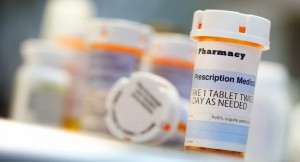3 Ways To Reduce Prescription Drug Costs
Health insurers are shifting the cost burden to consumers. In fact, there have been a 118% increase in the past decade.
The average U.S worker pays about $9695 every year in premiums and which is much more if you are buying coverage on your own.
The costs are also increasing for prescription drugs given that insurers are shifting these costs to consumers. This pertains to particular brand-name drugs and for which you might pay much more if you don’t buy it from certain pharmacies with negotiated discounts.
Here are 3 ways to reduce prescription drug costs:
1: Know the Rules for Prescriptions
Some health plans are adding new hurdles before you get certain medications. Sometimes, you’ll have to use other types of medication or even seek prior authorization from your doctor. In other words, you have to understand the rules so as to get your drugs covered. It’s advisable to get your doctor involved the process to explain why you need certain types of medication. In fact, they can help you file an appeal, if necessary.
2: Obtain a Prescription for Over-the-Counter Drugs
It’s not possible to use tax-free money from a spending account or health saving account for over-the-counter drugs anymore. At least, not without a prescription. So, to get reimbursed for your FSA or HSA, ask for a prescription from your doctor. This will cover any medication that you use regularly such as pain relievers, anti-fungals, allergy medications and cough-and-cold medication.
3: Use Tools to Compare Shop Prescriptions
Several employers and insurers offer tools to help you compare prices for your medication. This includes information about brand name versions, therapeutic alternatives and generics. There are several smartphone apps that will help you look for lowest-cost pharmacies too.
